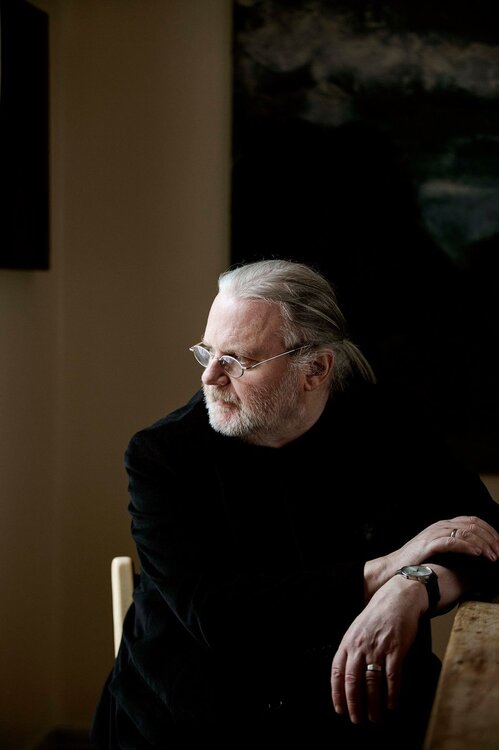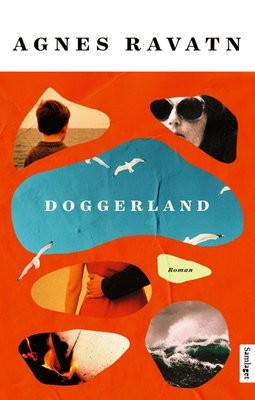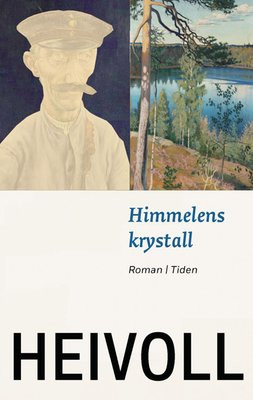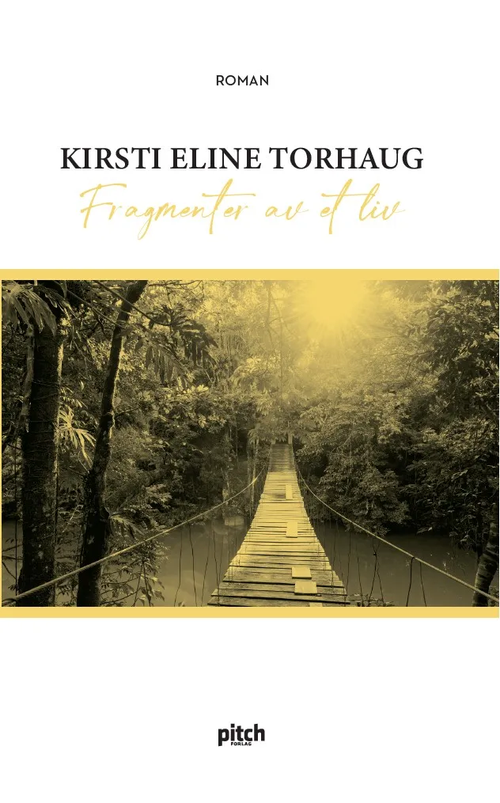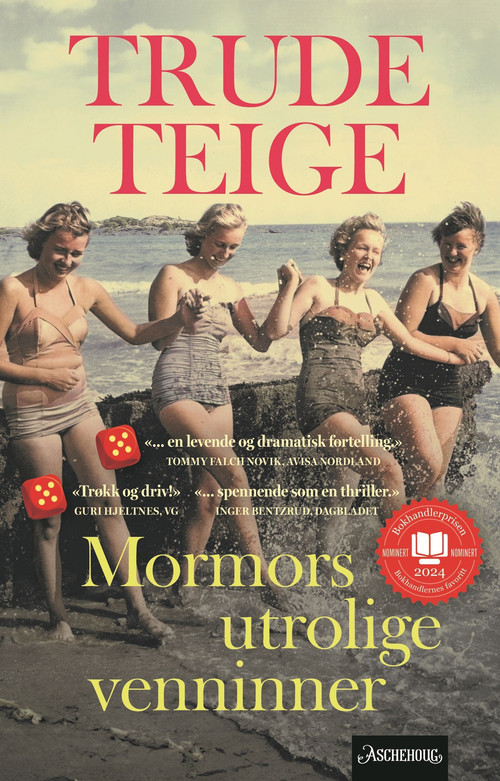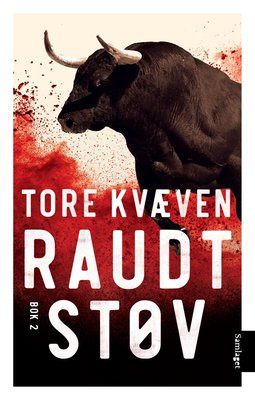Nineteenth-century Norwegian artist Lars Hertervig painted luminous landscapes, suffered mental illness and died poor in 1902. In this wild stream-of-consciousness narrative, Fosse delves into Hertervig’s mind as the events of one day precipitate his mental breakdown. A student of Hans Gude at the Academy of Art in Düsseldorf, Germany, Hertervig is paralyzed by anxieties about his talent and is overcome with love for Helene Winckelmann, his landlady’s 15-year-old daughter. Marked by inspiring lyrical flights of passion (“I walked into her light”) and enraged sexual delusions, Hertervig’s fixation on Helene persuades her family that he must leave. Oppressed by hallucinations and with nowhere to go, Hertervig shuttles between a cafe, where he endures the mockery of his more sophisticated classmates, and the Winckelmann’s apartment, which he desperately tries to re-enter. The novel’s second section finds Hertervig lost in the madness and planning an escape from Gausted Asylum in Norway; a brief and less satisfying coda reveals the life-transforming consequences of Hertervig’s art for a late–20th-century writer named Vidme.
Melancholy II is set in 1902, on the day of the Norwegian artist Lars Hertervig’s death, and is told from the perspective of Hertervig’s fictitious sister Oline. The book is the sequel to Fosse’s 1995 novel Melancholy, which is about Hertervig’s time as a student.
